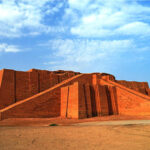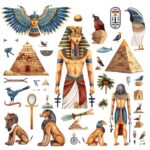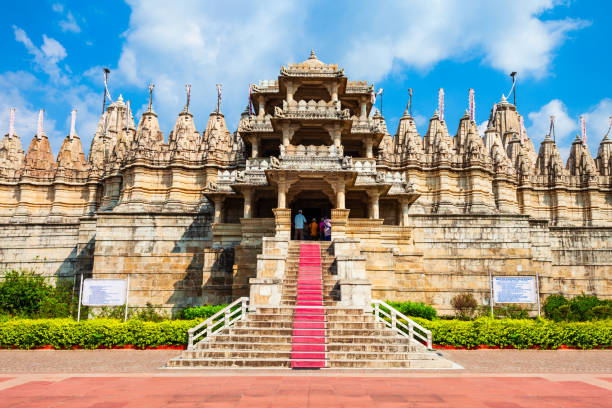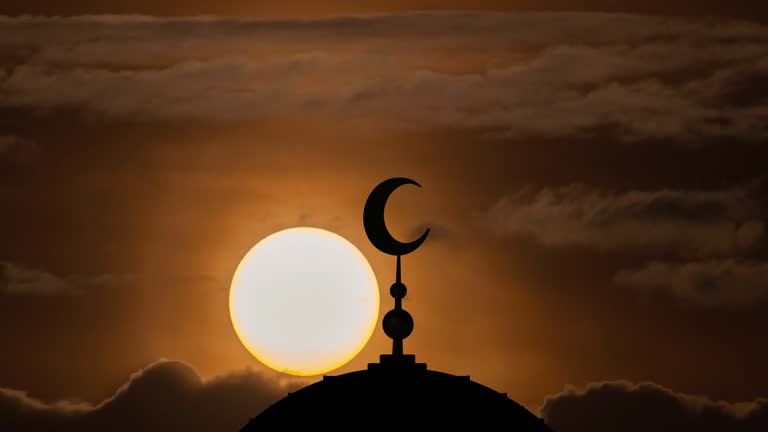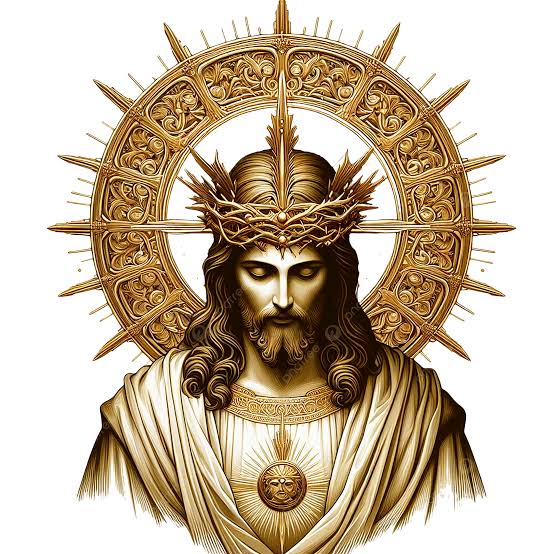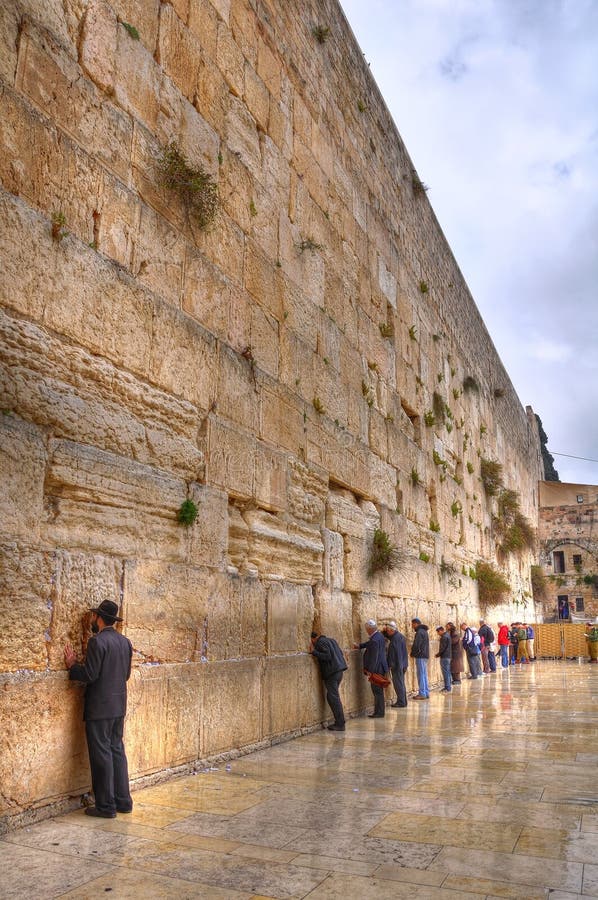Historical Background of Jainism
The Indus Valley Civilization developed in the fertile river valleys where the Indus, Ganges, and Yamuna rivers flowed. The valleys of Kashmir and the Himalayas added natural beauty to this region. This land remained prosperous. Herbs grew in abundance, gold flowed in the rivers, and precious stones and hot spices enriched daily life.
In these colorful valleys, wealthy and prosperous people lived. They owned property, gold, and jewelry. Their homes stored crops such as wheat, rice, millets, and fruits. Fish, animals, honey, and milk were available in plenty on the fertile earth. Compared to deserts and colder regions, this abundance was truly a blessing.
Here, great civilizations like the Indus Valley Civilization flourished. This region became more prosperous than many other parts of the world. Hinduism also emerged here. Its gods appeared adorned with gold. Beautiful temples, fine clothes, and rich ornaments surrounded them. Hinduism divided society into classes. One class was rich, while the other was poor. One class possessed gold and jewelry, while the other had colorful clothes and shoes.

At that time, many old and new beliefs coexisted. The local culture encouraged hunting and the killing of animals. Wars, selfishness, animal cruelty, and violence dominated life. The madness for war was common, and the Mahabharata reflected this violent spirit. Amid such an environment, a new religion arose. Jainism created its unique identity by rejecting violence, selfishness, and worldly desires. It promoted peace and nonviolence.
During the Indus Valley Civilization, Hinduism gained political influence. Some scholars believe Jainism may have started around 2300 BC to 1750 BC. However, no solid evidence exists; there are only opinions. Encyclopedia Britannica states that Mahavira was born in 599 BC. Some traditions claim Mahavira was born a hundred years before Gautama Buddha. Others suggest Gautama Buddha left his palace and renounced worldly life after being influenced by Mahavira.
Read about another Religion Zoroastrianism
The Tirthankaras of Jainism
What is a Tirthankara?
A Tirthankara is a saint who rises above love and hatred. Through meditation and contemplation, he attains complete consciousness. With this higher awareness, he guides people out of ignorance, suffering, attachment, and worldly desires. He shows them the right path.
Jainism recognizes 24 Tirthankaras who appeared during different historical periods. We will briefly discuss them.
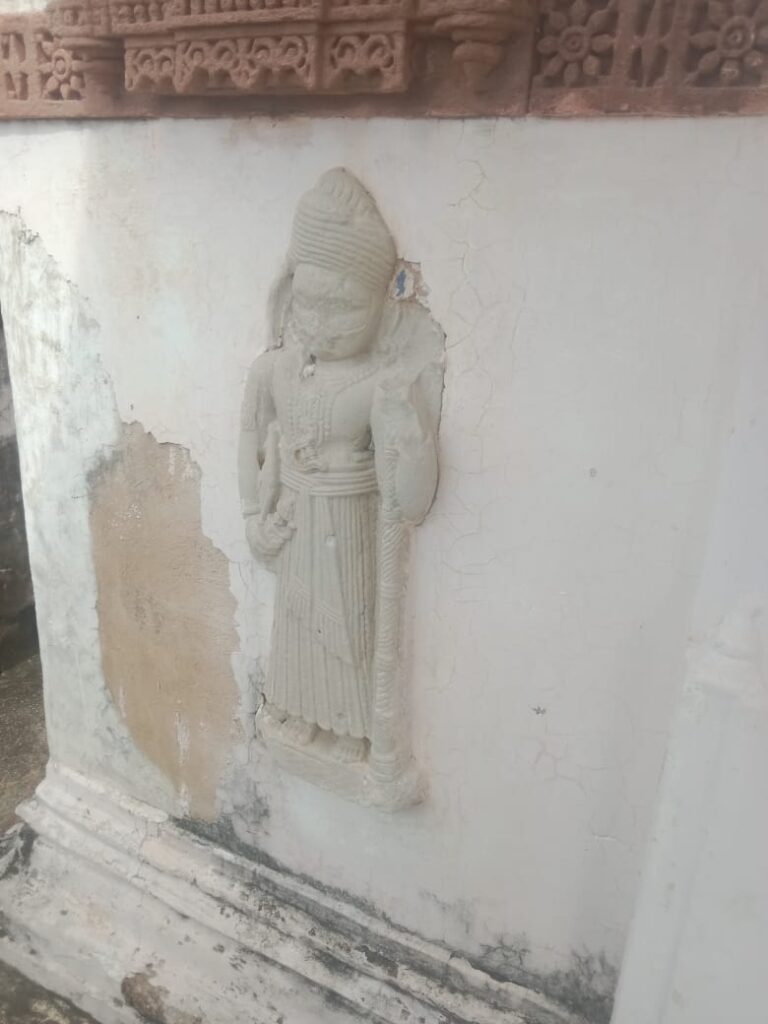
(1) Rishabha Nath or Adi Nath
Rishabha Nath, also known as Adi Nath, is regarded as the first Tirthankara. From birth, he bore a bull mark on his thigh. Because of this mark, people called him Rishabha. In Jainism, the bull is sacred.
He attained Nirvana on Mount Kailash. His hair grew long, and traditions say he appeared before the age of civilization. He taught people agriculture, animal husbandry, farming, and cooking. He also introduced the skills of reading and writing. Rishabha even shared knowledge with his daughter.
The Hindu text Bhagavata Purana mentions Rishabha. He was intelligent, visionary, and skilled in various arts. He also had a deep understanding of human psychology. Rishabha ruled for a long time. He divided society into three classes:
- The trading community, called Vaishyas.
- The warrior community, called Kshatriyas.
- The servant community, called Shudras.
In this division, there was no class of Brahmins.
This raises a question: Did Rishabha create classes based on economy and honor, or did he divide society according to arts and skills, reflecting general social relationships
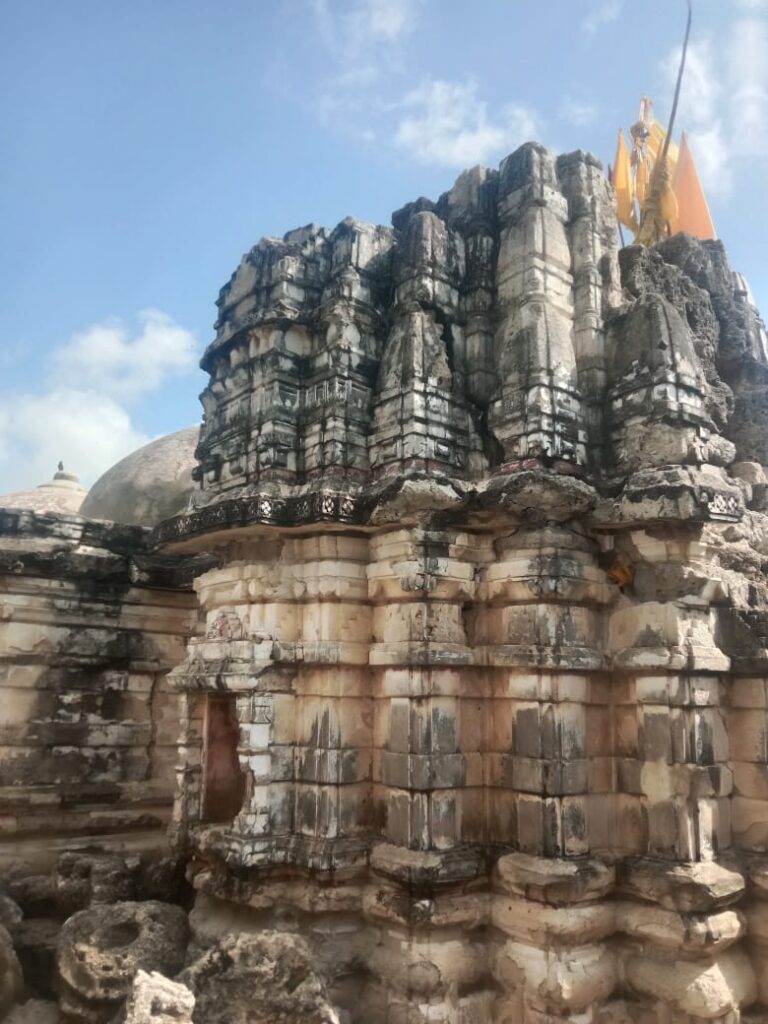
(2) Ajit Nath
Ajit Nath was the king of Susima in the Mahavidyah region in his previous birth. In that life, he lived with purity and devotion. He later renounced the world. According to Jain beliefs, he was 50 yards tall and lived for 7.2 million years. His symbol is an elephant, and his tree is the Sapt Parn. He spent his childhood in the palace but chose sainthood in his youth. The gods built a temple for him in the sky, where thousands of people listened to his sermons and followed the right path.
(3) Sambhunath
Sambhunath was a merciful and humble king. He preached his ideology for a long time. His symbol is a horse.
(4) Abhinandan Nath
Abhinandan Nath lived a worldly life, yet he never indulged in passion or self-love. Finally, he renounced and became a saint. He performed severe penance and attained complete knowledge through hard work and deep research. His symbol is a monkey.
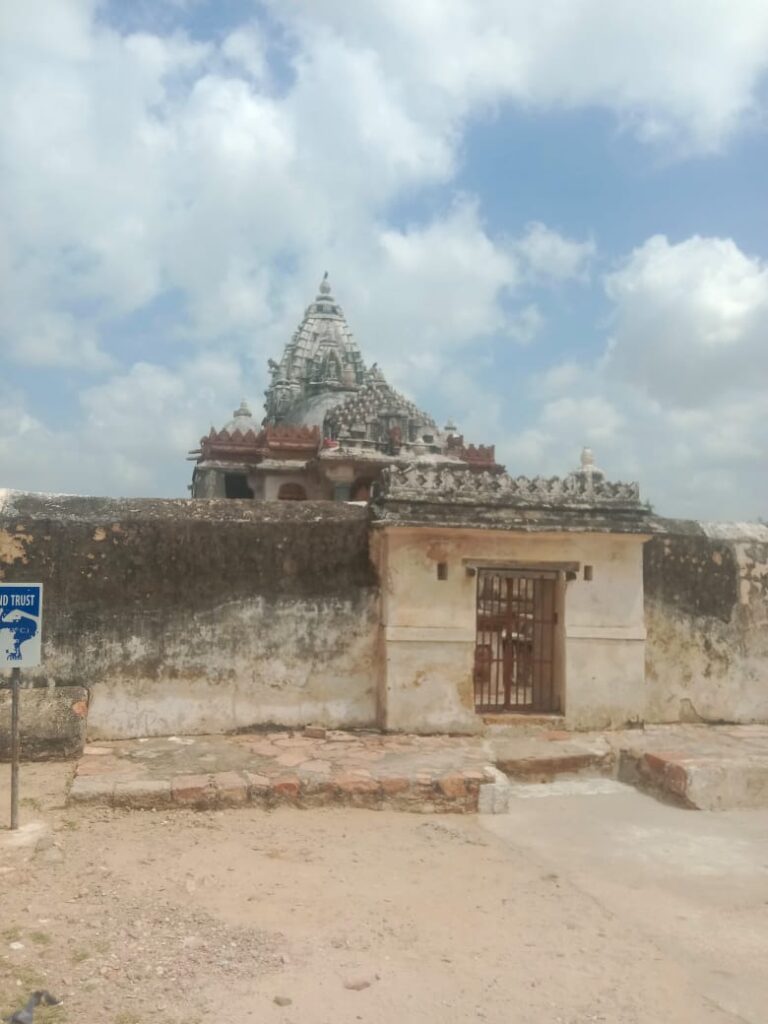
(5) Samatinath
Samatinath’s symbol is Kunj. He is said to be 3,000 meters tall and lived for 4,000 years. His tree is Paryang. Non-Aryans worship him as a god. He also has a temple in the Jaisalmer Fort.
(6) Padma Prath
Padma Prath was a king, a sadhu, and a spiritualist. His symbol is a red lotus flower.
(7) Suparshwanath
Suparshwanath’s symbol is the Swastika. He is said to be 200 meters tall and lived for 2,000 years. His tree is Sarna. He attained Nirvana at Samithi.
(8) Chandra Prabha Nath
Chandra Prabha had no worldly thoughts. Although he sat on the throne, his mind stayed detached from luxury. Finally, in his youth, he chose sainthood. His symbol is the moon, and he is depicted sitting on a lotus flower.
(9) Suvidhinath
Suvidhinath was a king who became a Tirthankara by renouncing worldly pleasures. His parents lived near Kak Nadi, where the folk tale of Momal Rano from Sindh is famous. His symbols are waves and the elephant. However, opinions differ on his exact symbol.
(10) Sheetal Nath
After ruling successfully for a long time, Sheetal Nath renounced the world and became a saint.
(11) Shreyanash Nath
Shreyanash Nath lived the life of a prince. His symbol is a rhinoceros.
(12) Vasu Puja
Vasu Puja was a king in his previous birth. Through penance, he became a saint. His symbol is an animal.
(13) Vimal Nath
Vimal Nath was born pure and virtuous from the very beginning.
(14) Anant Nath
Anant Nath attained enlightenment by understanding both life and matter. He has two symbols: the Digambaras recognize a ladder, while the Svetambaras accept an eagle.
(15) Dharma Nath
Dharma Nath was a king in his last birth. Later, he renounced the world and became a monk. His symbol is the Virgin Mary.
(16) Shantinath
Shantinath first ruled as a king, then attained complete knowledge. His symbol is a boar.
(17) Kantho Nath
Kantho Nath was a king with divine weapons in his possession. He conquered many territories without engaging in war. Later, he became a sadhu. His symbol is a goat.
(18) Aranatha
Aranatha ruled for a long time. Finally, he decided to renounce worldly life and became a sadhu. His symbol is Ashta Mangal.
(19) Malinath
Malinath is a debated figure among Jain sects. The Svetambaras consider Malinath a woman, while the Digambaras believe that only a man can become a Tirthankara. Svetambaras say she gave charity generously and renounced life alongside Digambaras, however, describe Malinath as a man. He showed deep interest in art and craft.
(20) Muni Surta
Muni Surta was born in a royal family. Later, he renounced his palace life and became a saint. His symbol is a tortoise.
(21) Namath
Namath was previously King Siddhartha. He stood 45 meters tall and lived for 10,000 years. His symbol is a blue lotus.
(22) Nimi Nath
Nimi Nath appeared around the 3rd century BC. He is considered the son of Shri Krishna. According to secular writers, Jainism existed even in the 7th century BC. His symbol is the sun.
(23) Paras Nath
Paras Nath was saintly by nature and had many previous births. According to Jain traditions, Tirthankara Chandra Prabha predicted his birth. He is known by many names. His symbol is a snake.
(24) Vardhaman (Mahavira)
Vardhaman Mahavira became a great conqueror of his own ego and guided people to truth. He followed five key principles:
- Ahinsa – Do not cause pain to anyone.
- Muni (Silence) – Practice silence and self-control.
- Vaiya Apavas – Practice fasting.
- Brahmacharya – Live in celibacy.
- Apahi Gruha – Remain detached and avoid possessions.
Philosophy of Jainism
Jainism values not only humans but also animals. It views them with compassion. Jains also show respect for plants, fire, water, air, and the entire universe. According to Jain belief, the soul is closely connected with matter. When a person commits sin or wrongdoing, the soul suffers harm. Therefore, Jain philosophy reflects ideas from animism, the belief that all living things have souls.
Jains strictly oppose harming or killing humans or animals. Thus, hunting and fishing are considered grave sins. Instead, Jains mainly pursue trade and business. They permit usury under their ethical framework.
Two Important Sects of Jainism
Jainism gradually divided into two major sects. Although both sects share the same fundamentals, certain differences led to their separation. These are:
- Digambara
- Svetambara
(1) Digambara
The Digambaras believe that a completely enlightened person does not eat worldly food. They also claim that liberation is impossible without giving up clothing. Since women cannot discard clothes, Digambaras believe women cannot attain liberation. They also teach that Mahavira never married.
The Digambaras are further divided into three sects:
- Idol worshippers
- Asthaka Vasi
- Tera Panthi
(2) Svetambara
The Svetambaras hold that eating worldly food does not block liberation. They also believe that nudity is not necessary for enlightenment. Unlike the Digambaras, they believe Mahavira married and had a daughter.
The Svetambaras also split into three sects:
- Basa Panth
- Tera Panth
- Tarna Panth
Writer: GM Leghari

